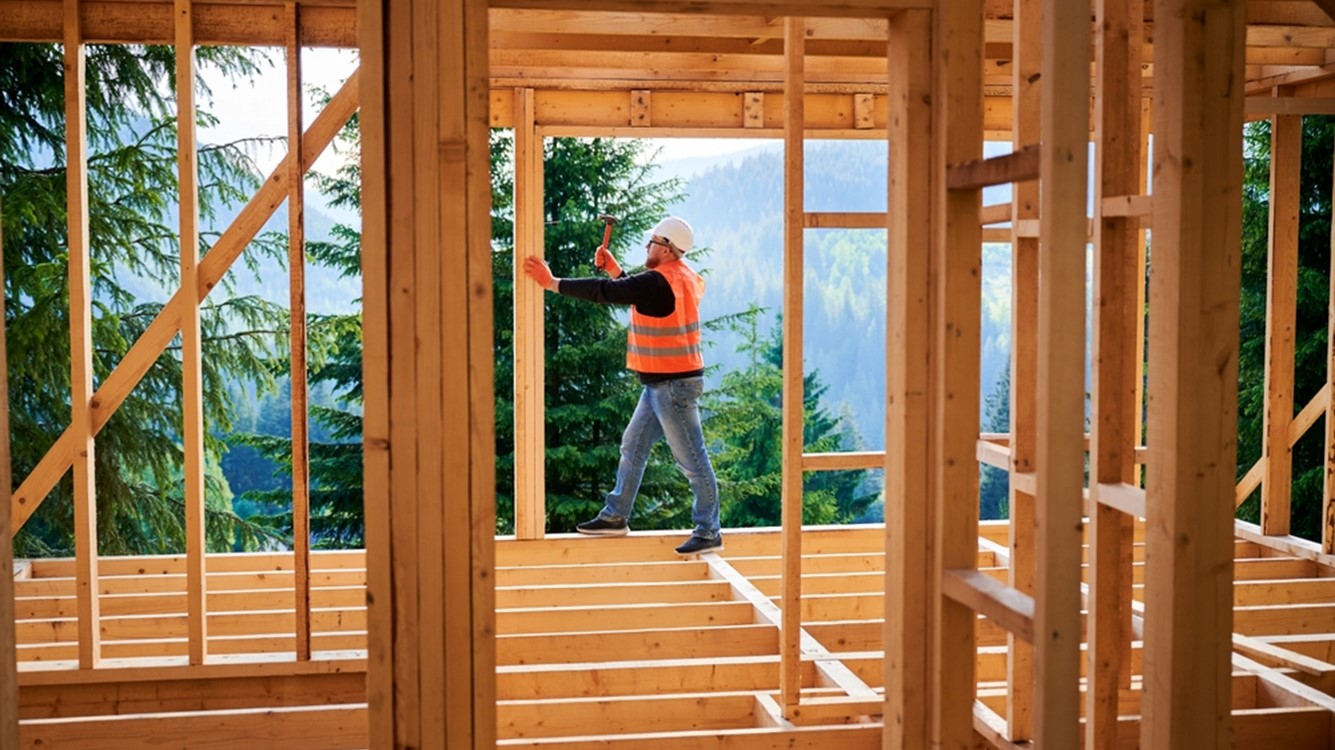New construction slipped in September
Labor and land shortages remain significant hurdles.

October 18, 2024
Housing starts, another name for new home construction, slipped 0.5% in September on falling multifamily starts. Single-family starts moved higher. All regions besides the Northeast reported fewer starts overall.
Single-family starts rose 2.7% in September after August starts were revised up to one million. Starts have trended above one million for eight of the last 11 months. Builders pivoted back to single-family construction in late 2023 after a slump that began in late 2022, but continue to hit the one million-unit speed limit. Larger builders have been able to offer mortgage rate buydowns and other incentives to help sidelined buyers. According to the National Association of Home Builders (NAHB), about 62% of builders were offering sales incentives in October, up slightly from September.
Mortgage rates have not fallen as much as potential buyers had hoped this month, but they have remained below 7% since June. Falling mortgage rates have motivated more refinancing activity rather than new home purchases. Some potential buyers are still holding out with the expectation that rates will go lower. However, the 30-year, fixed-rate mortgage ticked back up to 6.4% in mid-October; refinancing activity slumped on the news.
Starts for multifamily (five units or more) buildings dropped 4.5% in September, which translated to a 15.7% annual drop. As more multifamily units are completed, builders are holding back from starting new projects. Multifamily units under construction have fallen from a record high of one million back in 2023 to 825K in September. The current completion rate is the highest since the early 1970s, but the pipeline is drying up. All the supply coming on line is helping alleviate rental costs in many markets, but the reprieve will be short-lived because the number of building permits issued is falling.
Permits, which lead construction activity, slumped 2.9% in September as permits for five units or more cratered 10.8%. Single-family permits eked out a 0.3% gain for the month. All regions except the West received fewer permit applications during the month.
Separately, builder confidence rose for a second consecutive month, but remained in pessimistic territory, according to the NAHB. All components of the index rose while sales expectations remained in optimistic territory for the second consecutive month. Builders expect stronger sales in six months due to lower mortgage rates and future cuts in interest rates.
Demographic tailwinds will support residential investment growth in 2025.
Yelena Maleyev, KPMG Senior Economist
Bottom Line:
The housing market’s historical interest rate sensitivity is especially evident in its inability to take off in this supply-constrained environment. Demographic tailwinds will support residential investment growth in 2025, as long as interest rates trend lower. A bump from hurricane rebuilding tends to show up in investment data a few months later. Builders are constrained in how quickly they will be able to ramp up. While interest rates are heading lower, labor and land shortages remain significant hurdles.
Explore more

New home construction soars
Homebuilder sentiment remains cautious.

KPMG Economics
A source for unbiased economic intelligence to help improve strategic decision-making.

August construction spending slowed
Supply shocks tend to compound rapidly.
Subscribe to insights from KPMG Economics
KPMG Economics distributes a wide selection of insight and analysis to help businesses make informed decisions.
Meet our team
